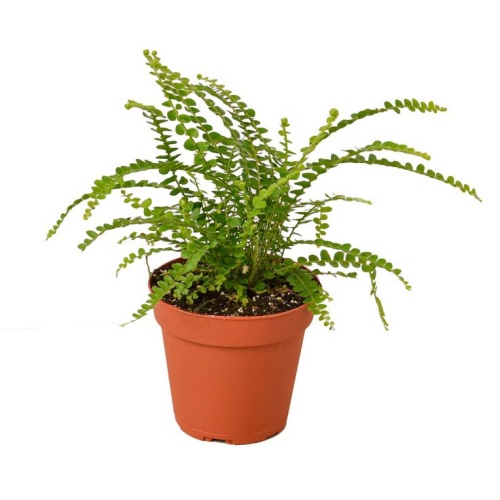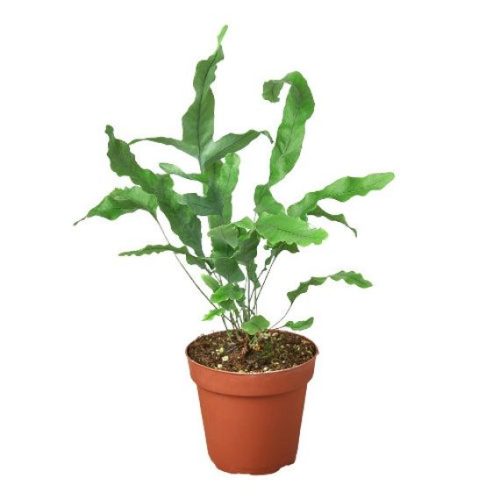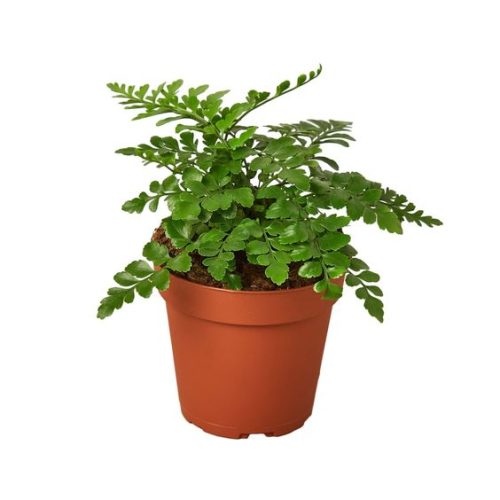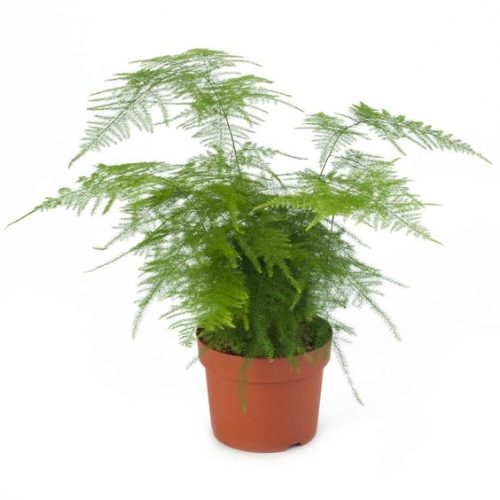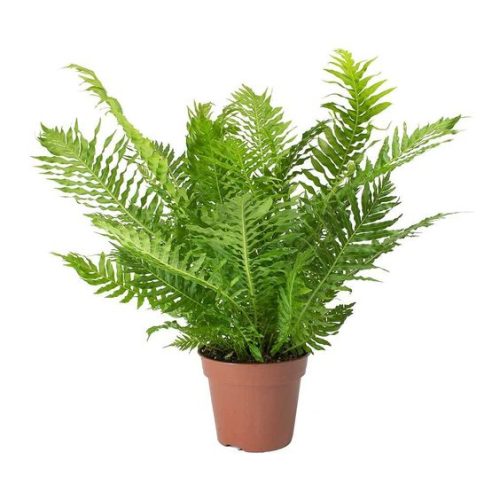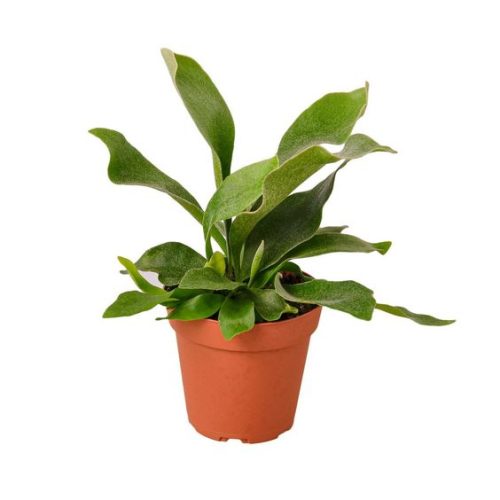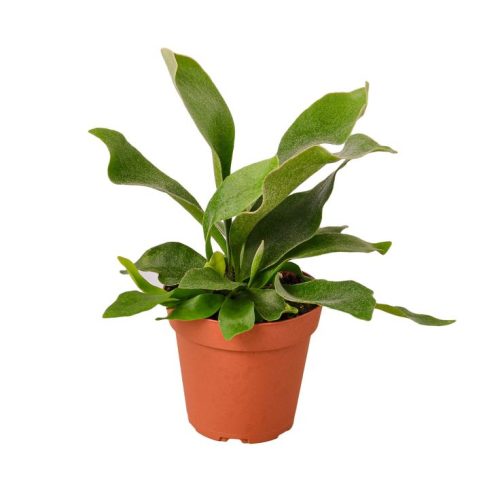Lemon bọtịnụ fern
Nlebazi anya
Nkọwa nke ngwaahịa
Le lemon bọtịnụ fern: mma dị mma na okike na ubi
The Lemon Button Fern: Nature’s Tiny, Hardy, and Humble Fashion Statement
Lemon bọtịnụ fern (Aha sayensị: Pellea Rotundifolia (nke a na-eme ihe.): Ntinye aka. Egosiputa Fern Fern a ihe karịrị iri atọ, akwụkwọ ndụ akwụkwọ ndụ, akwụkwọ ndụ akwụkwọ ndụ na froons nwere ike iru ruo centimita 45 n'ogologo. Na akwụkwọ ya dị larịị ma na-acha uhie uhie, yiri ahịrị nke bọtịnụ na nha na nha, na-enye ya uru ịchọ mma.
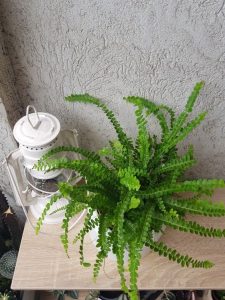
Lemon bọtịnụ fern
It grows in shrubberies and forests and is a popular choice for both garden and indoor settings. The Button Fern does not tolerate high temperatures or cold well, with an optimal temperature range of 20°C to 28°C. It requires acidic, well-drained soil and, like most ferns, thrives in a humid environment. Primarily found in subtropical regions worldwide, its native range includes New Zealand, Australia, and Norfolk Island. This plant has been honored with the Royal Horticultural Society’s Award of Garden Merit.
Pellea Rumndifiapia: Mkpadị nke Lemọn Button Bern
Lemon Button Fern, commonly known as the Button Fern, is a small, semi-evergreen to evergreen fern and a perennial drought-tolerant plant. It reaches a height of about 15 centimeters with a short, upright rhizome densely covered in maroon-black scales. The fern’s petioles are chestnut-colored, glossy, and cylindrical, and the once-pinnately compound fronds grow in clusters, reaching 30-45 centimeters in height, with 20-40 pinnae that are opposite leaves, circular to broadly oblong in shape, measuring 0.6-1.2 centimeters in length. Over time, the petioles gradually turn a deep red. The leaves are smooth and glossy, resembling rows of buttons, with the apical pinnae being oval to hastate-ovate, each pinna having a short stalk, entire margin, and slightly toothed or spiny.
Lemon Button Fern’s Stealthy Spores: A Close-up on Their Slick Operation
Venition nke bọtịnụ Fern bụ n'efu, yana veins kachasị mma na-amanye abụọ ma ọ bụ ugboro atọ na ịghara iru ala na elu. Akwụkwọ ya bụ ụdị mkpụrụokwu dị elu, dị mma na mmetụ ahụ. Ndị Spromaanan dị obere, nke dị na ndụmọdụ ma ọ bụ akụkụ dị elu nke veins, na mgbe tozuru oke, ha na-agbasawanye n'oge na-acha odo odo. Ha enweghị paraphys (ntutu), na Indussium dị larịị, guzobere site na mpịakọta ala azụ dị n'ime ọnụ nke akwara. Mpaghara dị n'etiti Spiraananananananananananananananananananangs na-arụ ọrụ na-acha akwụkwọ ndụ akwụkwọ ndụ, na n'ọnụ nke Indodium na-enwekarị ezé ma ọ bụ cilia. Spores bụ spres na tetrahedric n'ụdị dị mma, na mgbe ụfọdụ.
Nature’s Cliffhanger: The Versatile Habitat of the Lemon Button Fern
A na-ejikarị Fern na-eme nke ọma na Clustoring Cloffs, okwute okwute, na oke ọhịa oghe, mana enwere ike ịchọta ya n'oge ụfọdụ, na mpaghara oke ohia. Ọ bụ ya bụ nke a na-akọ ahịhịa dị ka a na-eji nkata ma ọ bụ ụdaolu ngosipụta. A na-ekesa osisi a na mpaghara dị ala, yana mmalite ya na New Zealand, Australia, na Norfkk Island. Mgbe ị gachaa ịkọ ihe ịga nke ọma, ọ toụwo na-aga nke ọma na ubi na mmiri dị gburugburu ụwa.





